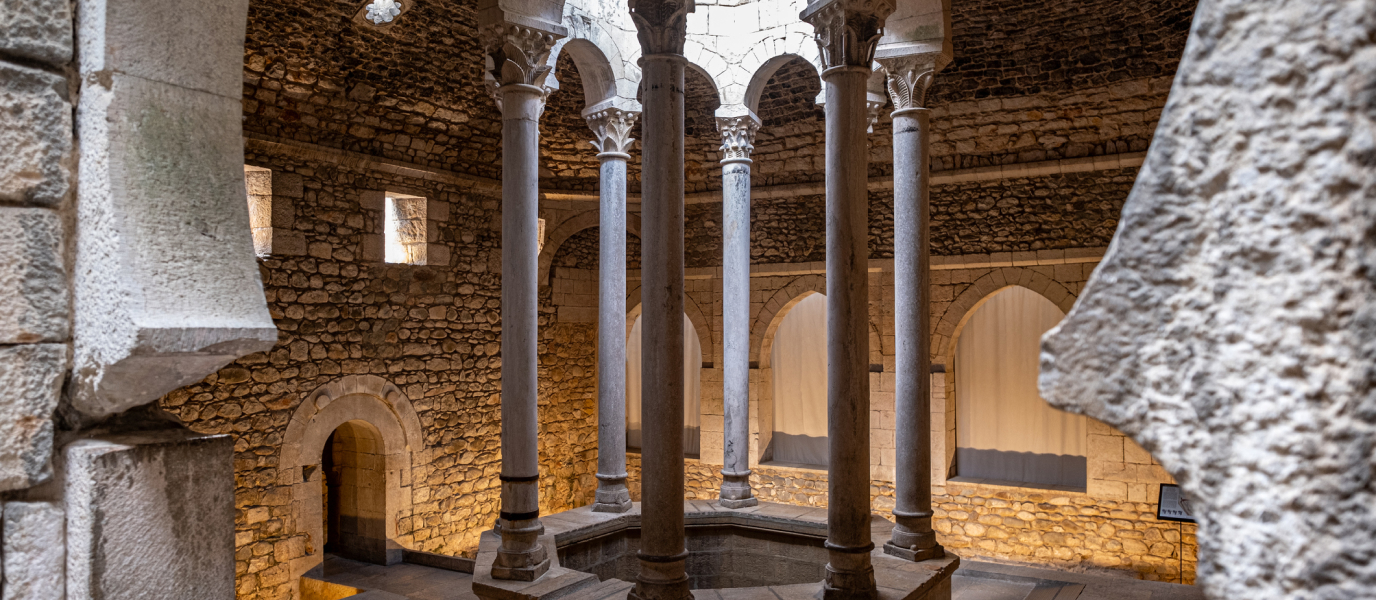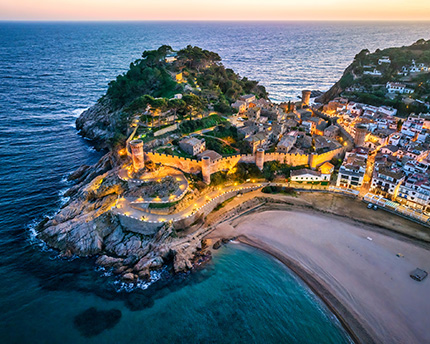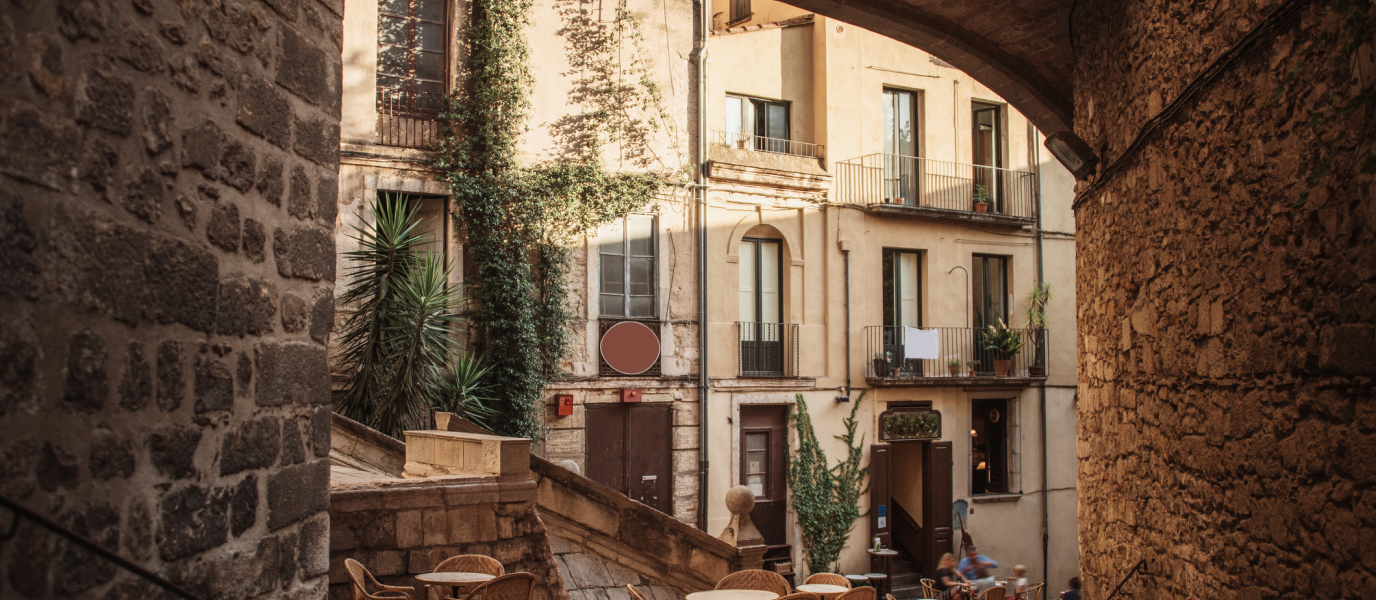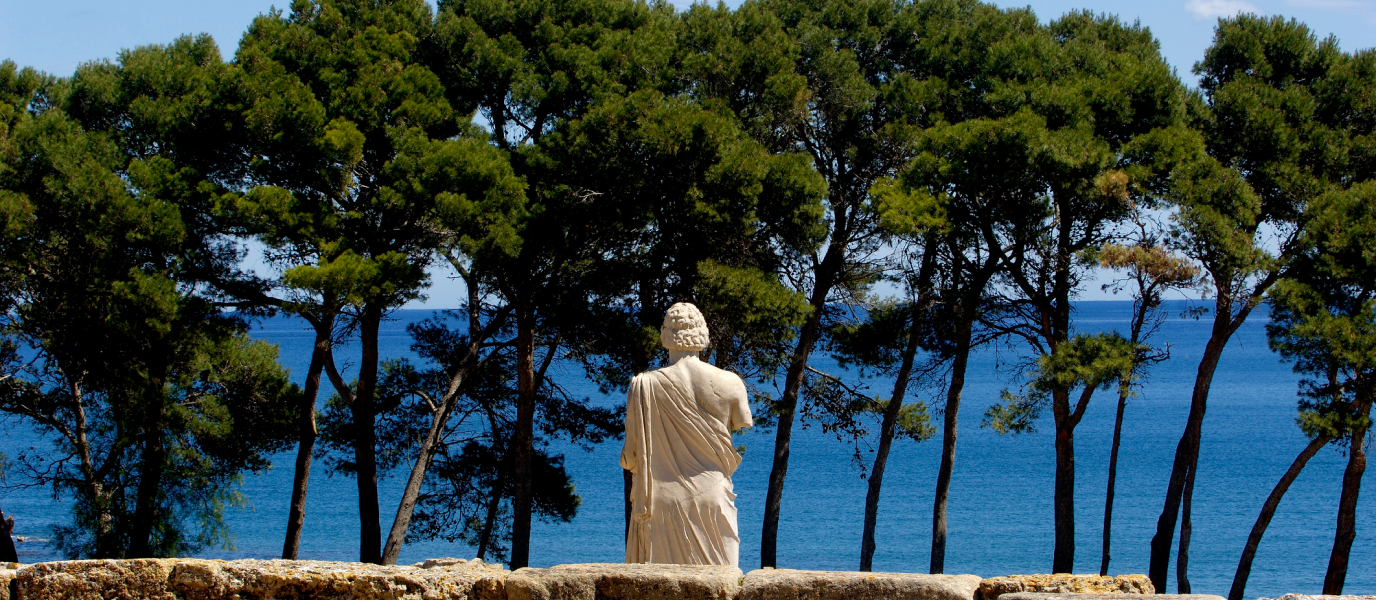Many city monuments are steeped in legends and given nicknames that have little to do with historical reality but shape how we see and enjoy them today. And this is the case with the Arabic Baths of Girona, a tourist attraction in the city that is shrouded in mystery, and takes some liberties with historical truth too.
The dome that you can see from the cathedral, the cupola of the baths, was built in the 12th century but not by the Arabs, even though the complex bears their name. Nor was it built on top of a Roman frigidarium or caldarium… In fact, if any community used it for ritual bathing it was the Jews, who used it as a mikveh in the Middle Ages.
But these three facts only make visiting the monument even more fascinating.
History of the Arabic Baths of Girona
As mentioned above, this beautiful complex wasn’t built by the Arabs, although it was constructed in the 12th century when the Moors had dominated the Iberian Peninsula for centuries. It’s a Romanesque building that was inspired by the structure of the Roman baths, a system that was later used by the Arabs in their famous hammams.
The first records of these public baths, which followed both the Roman and Islamic tradition, date from 1194. The complex was used continuously until 1285 when it was partially destroyed during one of the many sieges and wars with the neighbouring French. On this occasion, the troops of Philip III of France caused its partial ruin.
In 1294, less than a decade later, King Jaime II ordered it to be rebuilt by Ramón Taialà, a famous resident of Girona, which shows how important the complex was to the city in the 13th century.
Almost 50 years later, Arnau Sarriera, a royal doctor, used this incredible building for his healing and relaxation treatments. And the Jewish community used it more than anyone else during the Middle Ages as a mikveh, a bath for ritual purification.
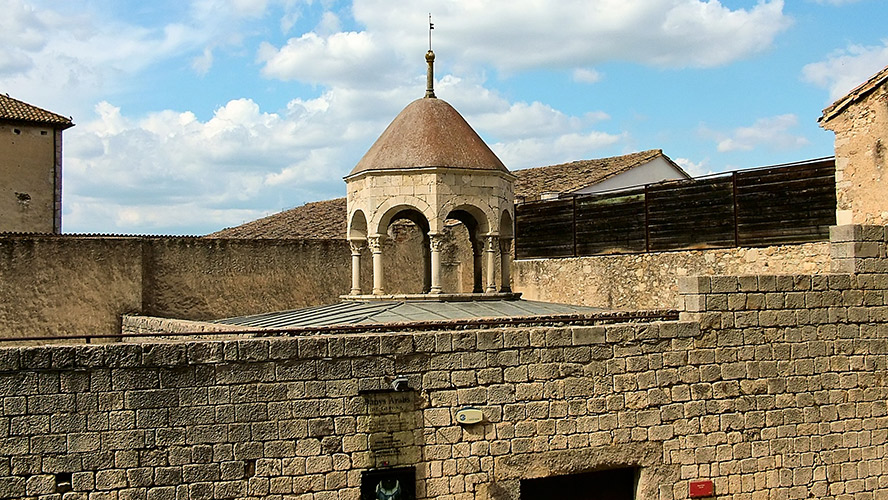
Interestingly, Besalú, a medieval village very near Girona, has the only building from this period in Spain that was constructed exclusively for this Jewish ritual.
The three rooms of the baths were also used by cloistered Capuchin nuns who took over the building in 1618.
In fact, it was passed from one group to another without any great appreciation for its architectural or historical importance until one of the great 19th century travellers, Alexandre de Laborde, drew attention to the baths and even made engravings that show us what they looked like at this time. In 1929 they were bought and restored by the Regional Government.
What to see on your visit to the Arabic Baths in Girona
Tour guides always point out the entrance, vaulted rest room and dome as the three most important sights to see on your visit. But the best way to get the most out of this historical monument in Girona is to properly understand its structure and the division of its spaces.
Five areas of the baths still remain: the changing rooms where visitors would get changed (wealthy men, naturally), the cold room, the warm room, the hot room (following the Roman layout) and a further space for the oven.
The frigidarium contains an octagonal pool surrounded by a temple-like structure with eight columns, one at each corner; the room is topped by a small cupola supported by a barrel vault. The frigidarium is one of the most spectacular spots in the complex, partly due to its soaring height of over 12 m. The capitals are decorated with leaf and animal motifs and the arches are semi-circular rather than horse-shoe-shaped. You can also see three alcoves where visitors would store their clothes before immersing themselves in the pool.
The tepidarium (warm pool) and caldarium (hot pool) have a similar structure: a rectangular room and barrel vault with vents for light and air.
Here the stove was dug into the ground outside the building, but the cleverly designed system meant that water in the hot rooms was the perfect temperature for bathing. It isn’t known exactly what the rest of the complex was like.





































































